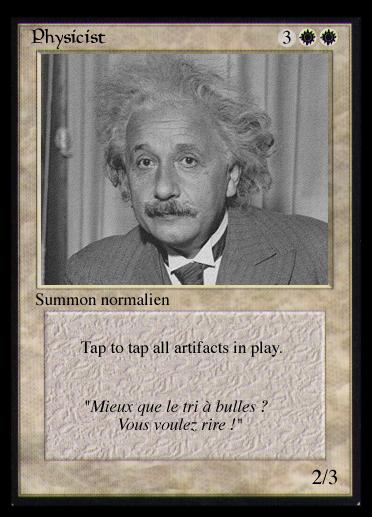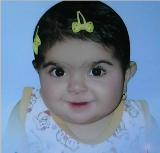|
|
|
|
|
Scientists claim breakthrough in growing human sperm from stem cells The Guardian, Wednesday 8 July 2009 Scientists claim to have created human sperm for the first time, in a breakthrough they say could lead to new treatment for male infertility. The sperm was grown in a laboratory in Newcastle from embryonic stem cells. Led by Professor Karim Nayernia, researchers developed a method of growing early-stage sperm from human embryonic stem cells by using retinoic acid, a vitamin A derivative. They found that about 20% of the cells produced early-stage sperm cells or spermatagonia and, after further culture, they could see a number of cells continue to split and divide. The breakthrough came when some cells continued to grow, elongating and growing a tail which caused them to move, and forming recognisable sperm cells. Nayernia, of Newcastle University and the North East England Stem Cell Institute (Nesci), described the cells as "fully mature, functional" sperm, which he called In Vitro Derived (IVD) sperm. He said: "This is an important development as it will allow researchers to study in detail how sperm forms and lead to a better understanding of infertility in men – why it happens and what is causing it. "This understanding could help us develop new ways to help couples suffering infertility so they can have a child which is genetically their own. "It will also allow scientists to study how cells involved in reproduction are affected by toxins, for example why young boys with leukaemia who undergo chemotherapy can become infertile for life – and possibly lead us to a solution." The scientist, who created mice sperm six years ago using similar techniques, said that he used four criteria to determine whether the cells he produced were sperm. They were: the presence of proteins specific to sperm, one of which is located in the tail and very important for activating egg division; chromosome analysis, which showed that the sperm produced contained 23 chromosomes or half of the chromosome set – this is specific to sperm cells; the shape of the sperm, which has a tail and a head; and finally the movement of the sperm – "we could clearly see the movement of the sperm using the tail". But his findings, published in the academic journal Stem Cells and Development, were met by a barrage of criticism by other scientists, who said further research was needed to determine the authenticity of his claims. Dr Allan Pacey, from the University of Sheffield, said: "As a sperm biologist of 20 years" experience, I am unconvinced from the data presented in this paper that the cells … produced by Professor Nayernia"s group can be accurately called "spermatozoa"." After watching a video clip of the cells, he said that while they possessed "some of the distinctive genetic features and molecular markers seen in sperm", there were other characteristics of human sperm that were not described in the paper, while the footage "did not have sufficient resolution" for him to properly assess how the sperm was moving, another indicative factor of sperm behaviour. Professor Azim Surani, a specialist in physiology and reproduction at the University of Cambridge, said the cells should be tested to find out how they develop inside an animal egg and added: "These sperm-like cells made in a dish from embryonic stem cells are a long way from being authentic sperm cells." Professor Robin Lovell Badge, from the Medical Research Council Institute of Medical Research, also questioned the findings, saying that "they need much better evidence that such in-vitro derived sperm are normal" but added that any progress by the team "will be very important for research" and "ultimately, although definitely not yet, fertility treatments". Nayernia responded by saying that his research paper was clearly labelled a "proof of principle" which concludes that it is in its early stages and further research is needed. He said: "We are not claiming this research is complete but we are saying that we have found human sperm." Nayernia added that his findings would not lead to human beings being produced "in a dish", but were rather "a way of investigating why some people are infertile and the reasons behind it. "If we have a better understanding of what"s going on it could lead to new ways of treating infertility."
|
||
|
|
لیست کل یادداشت های این وبلاگ
|
|










